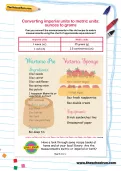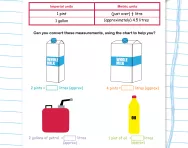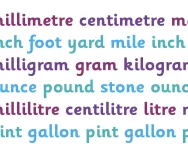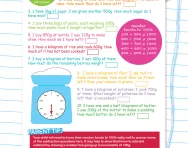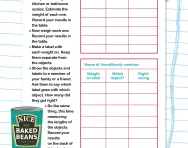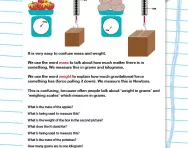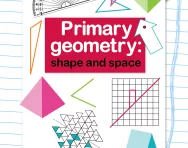TheSchoolRun.com closure date
As we informed you a few months ago, TheSchoolRun has had to make the difficult decision to close due to financial pressures and the company has now ceased trading. We had hoped to keep our content available through a partnership with another educational provider, but this provider has since withdrawn from the agreement.
As a result, we now have to permanently close TheSchoolRun.com. However, to give subscribers time to download any content they’d like to keep, we will keep the website open until 31st July 2025. After this date, the site will be taken down and there will be no further access to any resources. We strongly encourage you to download and save any resources you think you may want to use in the future.
In particular, we suggest downloading:
- Learning packs
- All the worksheets from the 11+ programme, if you are following this with your child
- Complete Learning Journey programmes (the packs below include all 40 worksheets for each programme)
You should already have received 16 primary school eBooks (worth £108.84) to download and keep. If you haven’t received these, please contact us at [email protected] before 31st July 2025, and we will send them to you.
We are very sorry that there is no way to continue offering access to resources and sincerely apologise for the inconvenience caused.
Converting measurements
Why is it important to learn how to convert measurements in KS2?
Knowing how to convert measurements is important for several practical reasons:
- Different countries may use different units of measurement. For example, some countries use the metric system (like meters and kilograms), while others use the imperial system (like feet and pounds).
- In certain fields, such as science, engineering, and manufacturing, precise measurements are crucial. Converting measurements ensures that data and specifications are consistent and accurate, preventing errors and misunderstandings.
- Converting measurements is often necessary in daily life. For instance, when following a recipe, you may need to convert volumes or weights between different units.
Learning how to convert measurements at an early age will be a valuable skill throughout your child's life.
How will this worksheet help my child convert measurements?
This KS2 resource focuses on converting ounces to grams. It provides your child with a chart of approximate equivalences (which is a fancy way of saying conversion chart!) that they can use to help them work out the measurements in the recipe and convert the ounces to grams. The answers are provided at the bottom of the worksheet.
For more information and resources about converting measurements, check out our hub page on weights and measurements.
